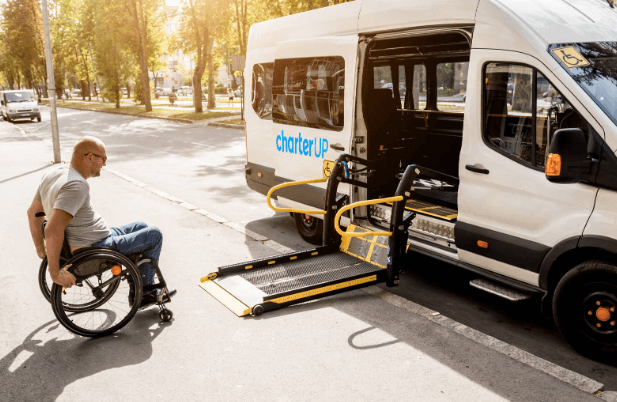Transportation Services for Safe and Reliable Commuting Solutions

In today’s rapidly evolving urban landscape, transportation services have emerged as vital components in ensuring safe and reliable commuting solutions. With an array of options, including ridesharing, public transport, and shuttle services, these systems not only enhance accessibility but also address pressing concerns such as traffic congestion and environmental impact. Integral to this discussion are the safety measures implemented across these services, which serve to reassure passengers. As we explore the nuances of these transportation options, a key question arises: how do these services balance efficiency with the paramount need for safety?
Ridesharing Options
Ridesharing options have surged in popularity over the past decade, with studies indicating that approximately 30% of urban commuters now utilize these services as a primary mode of transportation.
The advancement of ridesharing technology has transformed mobility, while evolving ridesharing regulations aim to ensure safety and fairness in the industry.
This balance facilitates user choice, enhancing personal freedom in urban commuting.
Public Transportation Benefits
Public transportation offers numerous benefits that extend beyond mere convenience, significantly impacting urban environments and commuter behavior.
An affordability analysis reveals that public transit reduces personal transportation costs, enhancing economic freedom for users.
Moreover, the environmental impact of decreased vehicle emissions contributes to sustainable urban development, promoting cleaner air and reducing traffic congestion.
Thus, public transportation serves as a vital asset for modern cities.
Shuttle Services Overview
Shuttle services play a crucial role in enhancing commuting solutions, providing efficient and cost-effective transportation options for various sectors.
Airport shuttles facilitate seamless travel to and from terminals, reducing personal vehicle dependency.
Similarly, corporate shuttles offer businesses a reliable means to transport employees, promoting productivity and punctuality.
Safety Features in Transportation
In the realm of transportation, safety features are paramount to ensuring the well-being of passengers and drivers alike.
Rigorous vehicle inspections are essential to maintain operational integrity, while comprehensive driver training programs enhance skill and situational awareness.
These measures not only reduce accident rates but also foster a culture of safety, empowering individuals to embrace their freedom of movement with confidence and security.
Conclusion
In conclusion, transportation services represent a vital lifeline in urban settings, seamlessly intertwining safety and reliability to create a robust commuting framework. As the wheels of progress continue to turn, the integration of ridesharing, public transportation, and shuttle services serves not only to enhance accessibility but also to cultivate a greener environment. Ultimately, these services illuminate the path towards personal freedom, transforming urban mobility into a symphony of efficiency and security, resonating with the needs of modern society.






